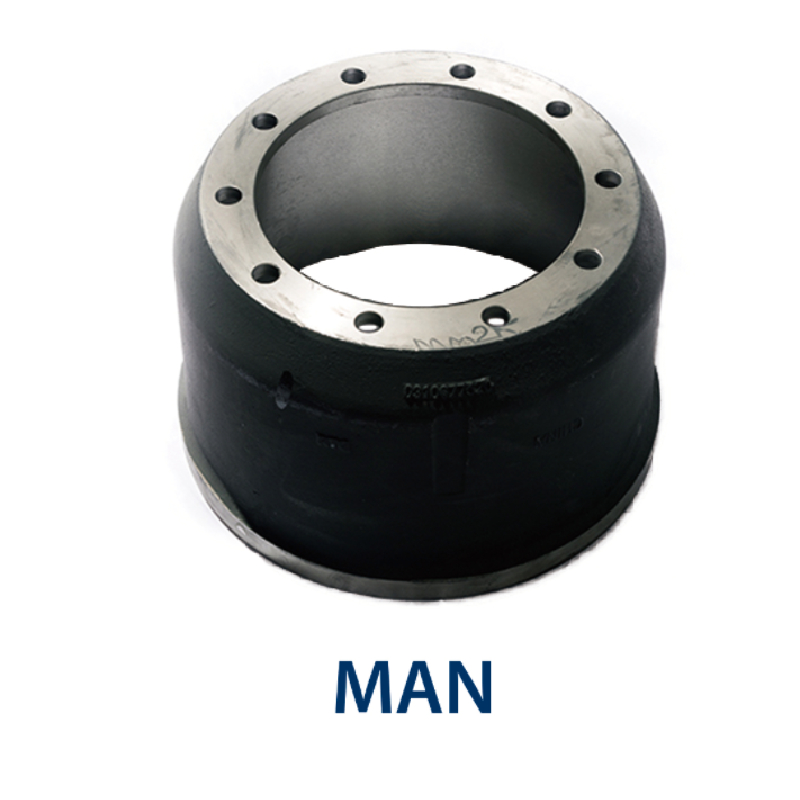Αυγ . 12, 2024 09:32 Back to list
Guidelines for Determining the Right Time to Replace Your Rear Brake Drums for Safety
When to Replace Rear Brake Drums A Comprehensive Guide
The braking system of a vehicle is one of its most crucial components, ensuring safe and efficient stopping power. Among the various parts that contribute to the effectiveness of this system are the rear brake drums. Understanding when to replace rear brake drums is vital for vehicle maintenance, safety, and performance.
Understanding Brake Drums
Brake drums are part of a drum brake system, commonly found in the rear braking setup of many vehicles, particularly older models, trucks, and some SUVs. Unlike disc brakes, which utilize a flat rotor, drum brakes rely on a curved drum that rotates with the wheel. When the driver presses the brake pedal, brake shoes inside the drum expand and press against the drum's inner surface, creating friction to slow down or stop the vehicle.
Signs of Wear and Tear
1. Unusual Noises One of the primary indicators that your rear brake drums may need replacement is hearing strange noises when braking. A high-pitched squeal can indicate worn-out brake shoes, while a grinding sound may suggest that the shoes have worn through and the metal parts are grinding against the drum, leading to potential drum damage.
2. Reduced Braking Performance If you notice that your vehicle takes longer to stop or the brakes feel less responsive, it could signal that the brake drums are worn. This reduction in performance may compromise your safety, especially in emergency situations.
3. Vibration or Pulsation When braking, if you feel vibrations or pulsations in the brake pedal, it could result from uneven wear on the brake drum's surface. This issue can lead to reduced braking effectiveness and may necessitate drum replacement or resurfacing.
when to replace rear brake drums

4. Visual Inspection Regularly inspecting the rear brake drums can help identify wear. Look for visible signs of damage, such as cracks, deep grooves, or glazing (a shiny surface). If any of these signs are present, it is essential to evaluate the condition of the drums further and consider replacement.
Maintenance and Lifespan
Typically, brake drums can last anywhere from 30,000 to 70,000 miles, depending on driving habits, vehicle type, and maintenance practices. Regular maintenance can significantly prolong the life of the drums. Ensuring that the brake components are clean, checking for proper adjustment of the brake shoes, and replacing brake shoes when they show signs of wear will help maintain the overall health of the braking system.
Professional Assessment
If you experience any of the signs mentioned above or if you have concerns about your braking system, it is advisable to consult a professional mechanic. They can provide a thorough inspection and determine if the brake drums need replacement. It's crucial to address braking issues promptly, as delaying repairs can lead to more severe problems and increased repair costs.
Conclusion
In conclusion, knowing when to replace rear brake drums is essential for every vehicle owner. Paying attention to warning signs like unusual noises, reduced braking performance, and visual wear can help you maintain optimal safety and performance in your vehicle. Regular maintenance and timely replacements will not only ensure your brakes function correctly but also extend the lifespan of your vehicle's braking system. Always prioritize safety and seek professional help when in doubt about your braking components.
-
Brake Drum Man - High-Quality Drum Brake Drums & Brake Shoes for Reliable Performance
NewsJun.24,2025
-
High-Quality Brake Drum Kamaz – Durable Drum Brake Drum & Brake Shoe Replacement
NewsJun.10,2025
-
High-Quality Brake Drum Liza for Drum Brake Systems - Superior Durability and Performance
NewsJun.10,2025
-
High-Quality Brake Drum Kamaz – Durable Drum Brake Drum & Brake Shoe Solutions
NewsJun.10,2025
-
Durable Kamaz Brake Drums High-Performance Truck Parts
NewsJun.09,2025
-
Premium Brake Drum Maz Kit with Shoes Enhanced Braking
NewsJun.09,2025
